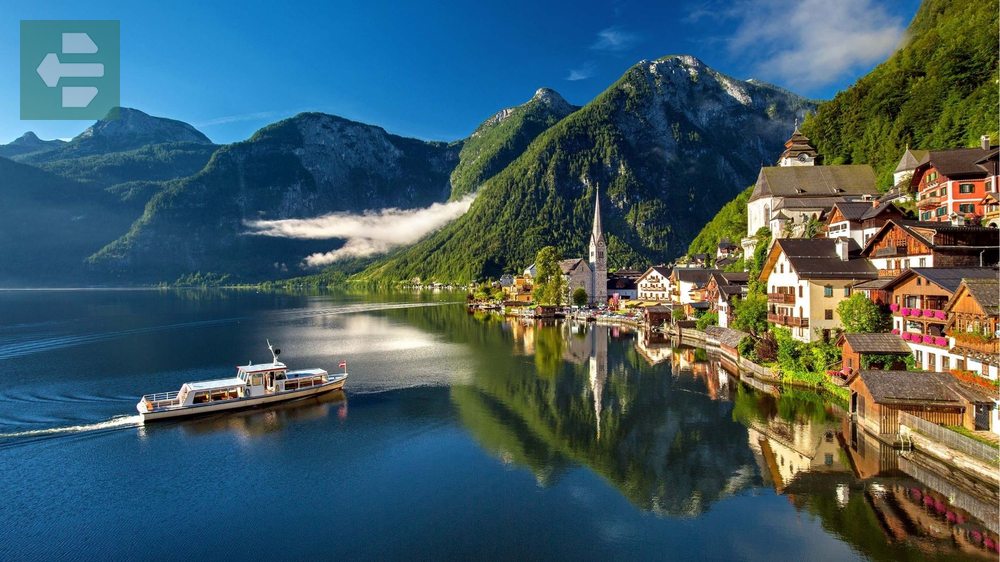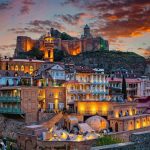March brings Europe's awakening. Florence blooms with Renaissance art and fewer crowds. Seville perfumes the air with orange blossoms. Prague sheds winter's grip for spring light. The Scottish Highlands begin their thaw, and Keukenhof prepares its tulip spectacle.
Keep reading as we explore the best places in Europe to travel in March—destinations where spring whispers its first promises and crowds haven't yet arrived.
List of Contents
- 1. Florence: Renaissance Awakening
- 2. Seville: Orange Blossom Symphony
- 3. Prague: Stone Dreams in Spring Light
- 4. Keukenhof: Early Spring Canvas
- 5. Lake Bled: Alpine Mirror
- 6. Scottish Highlands: Raw Spring
- 7. Canary Islands: Eternal Spring
- 8. Madeira: Garden Island
- 9. Malta: Mediterranean Crossroads
- 10. Cyprus: Divided Beauty
- 11. Sicily: Island of Contrasts
- 12. Salzburg: Mozart's Spring
- 13. Zermatt: Matterhorn Majesty
- 14. Dijon: Burgundy Capital
- 15. Hamburg: Hanseatic Heritage
- March Awakening
1. Florence: Renaissance Awakening
March marks Florence's sweet spot—before the tourist flood but after winter's retreat. The Arno reflects longer days, and café terraces reopen to morning sun.
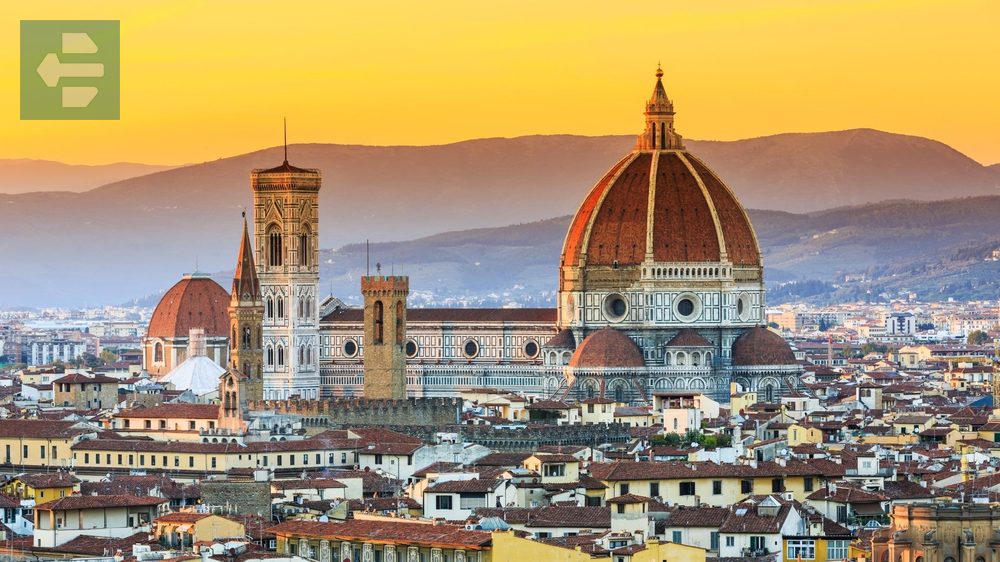
I learned this from a local barista: arrive at Piazzale Michelangelo at 7 AM in late March. The city spreads below in golden light, tourist buses still parked, and you'll have Brunelleschi's dome almost to yourself.
Book major attractions two days ahead. The weather shifts quickly—pack layers and an umbrella. March rain in Florence has a particular beauty, turning cobblestones into mirrors.
Quick Facts:
- Peak Season: Early spring (moderate crowds)
- Getting There: Florence Airport (FLR) or train from Rome/Milan
- Entry Fees: Uffizi from €20, Duomo complex from €15
- Suggested Stay: 3-4 days
- Key Sites: Uffizi Gallery, Ponte Vecchio, Boboli Gardens, San Lorenzo Market
2. Seville: Orange Blossom Symphony
Seville in March means one thing: orange trees in bloom. The scent follows you through every narrow street, every hidden plaza. Temperatures hover around 20°C—perfect for wandering.
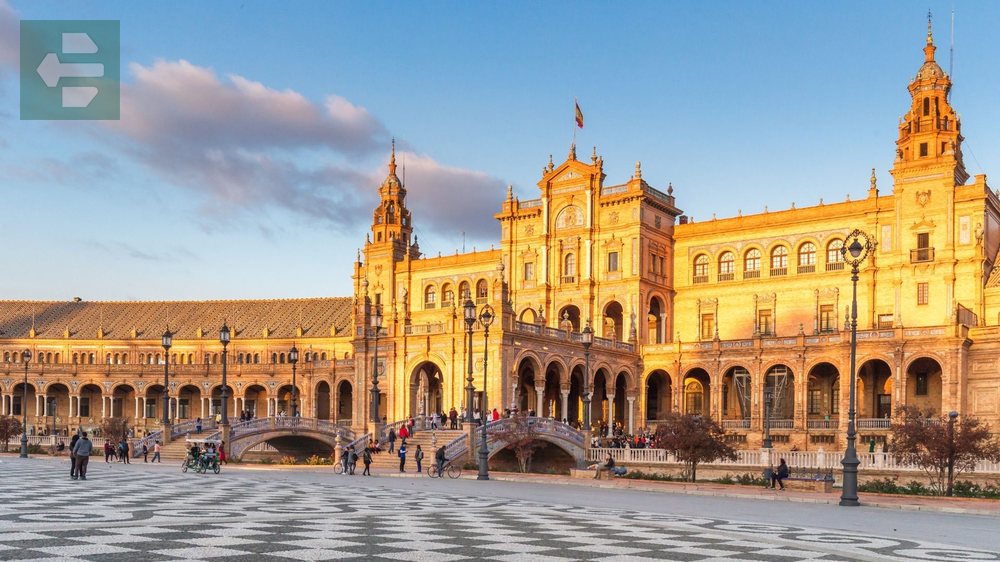
March brings Semana Santa preparations. Watch locals set up elaborate floats and practice processions. The excitement builds toward Easter, but March offers the anticipation without the overwhelming crowds.
Walk the Barrio Santa Cruz early morning. The labyrinth of whitewashed walls and iron balconies reveals itself slowly, peacefully.
Quick Facts:
- Peak Season: Early spring (building toward peak)
- Getting There: Seville Airport (SVQ) or high-speed train from Madrid
- Entry Fees: Alcázar from €13, Cathedral from €12
- Suggested Stay: 3-4 days
- Key Sites: Real Alcázar, Seville Cathedral, Plaza de España, Triana district
3. Prague: Stone Dreams in Spring Light
Prague in March sheds winter's gray coat. The Charles Bridge gains longer shadows. Castle spires catch more light each day. Temperatures range from 2°C to 10°C—bring warm layers.
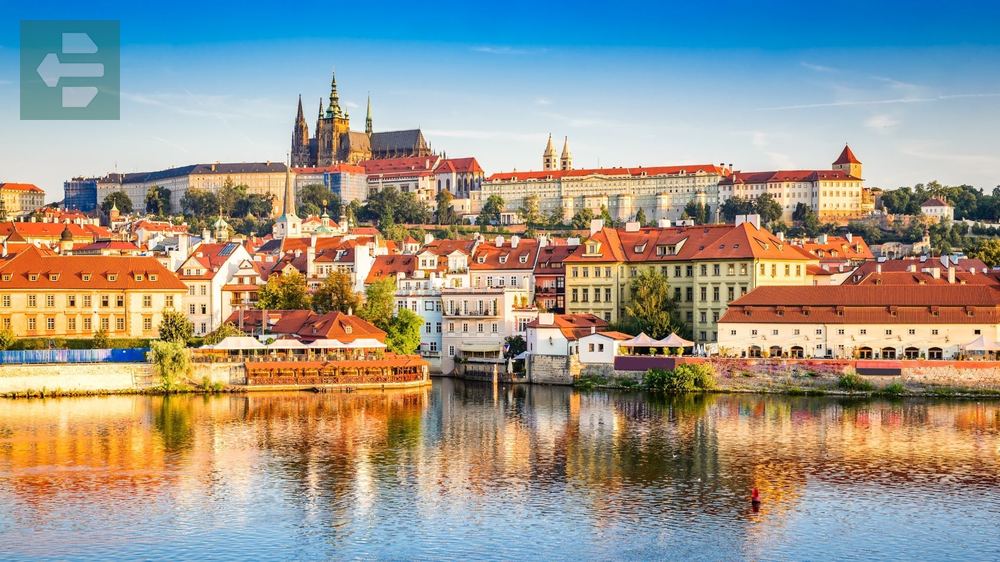
Early March means budget-friendly hotels and empty beer gardens just beginning to stir. Late March brings Easter markets and the promise of warmer days.
Take the tram to Petrin Hill on a clear March afternoon. The city spreads below like a medieval map, and you'll understand why Prague survived centuries unchanged.
Quick Facts:
- Peak Season: Off-season turning to spring
- Getting There: Prague Airport (PRG) or train connections across Europe
- Entry Fees: Prague Castle from €10, Astronomical Clock free
- Suggested Stay: 3-4 days
- Key Sites: Charles Bridge, Prague Castle, Old Town Square, Jewish Quarter
4. Keukenhof: Early Spring Canvas
Keukenhof opens around March 20th, and early visitors witness something special—crocuses and daffodils painting the first strokes of spring's masterpiece. The famous tulips wait their turn, but March has its own quiet beauty.

Weekdays mean manageable crowds and better photos. The indoor pavilions showcase forced blooms while outdoor gardens slowly awaken.
Rent a bike and explore the surrounding bulb fields. Local farmers appreciate respectful visitors who stay on paths—these aren't tourist attractions but working flower farms.
Quick Facts:
- Peak Season: Early season (opens mid-March)
- Getting There: Bus from Amsterdam Central Station
- Entry Fees: From €19 adults
- Suggested Stay: Day trip from Amsterdam
- Key Sites: Themed gardens, pavilions, surrounding bulb fields, Lisse village
5. Lake Bled: Alpine Mirror
March finds Lake Bled between seasons—snow still caps the Julian Alps while the lake begins its spring awakening. Temperatures remain cool, but crowds stay away.

The pletna boats start running more regularly as weather improves. Bled Castle perches above, and the island church rings its bell across still water.
Stay overnight to see sunrise over the lake. Most day-trippers arrive after 10 AM, leaving early hours peaceful. The castle offers the best views, but the walk around the lake reveals hidden perspectives.
Quick Facts:
- Peak Season: Off-season (spring emerging)
- Getting There: Ljubljana Airport then 35km drive or bus
- Entry Fees: Bled Castle €15, pletna boat ride €14
- Suggested Stay: 2-3 days
- Key Sites: Bled Castle, Bled Island, Vintgar Gorge, Ojstrica viewpoint
6. Scottish Highlands: Raw Spring
March in the Highlands means winter's last stand. Snow still crowns the peaks, but valleys show green hints. Temperatures hover between 1°C and 8°C—dress warmly.
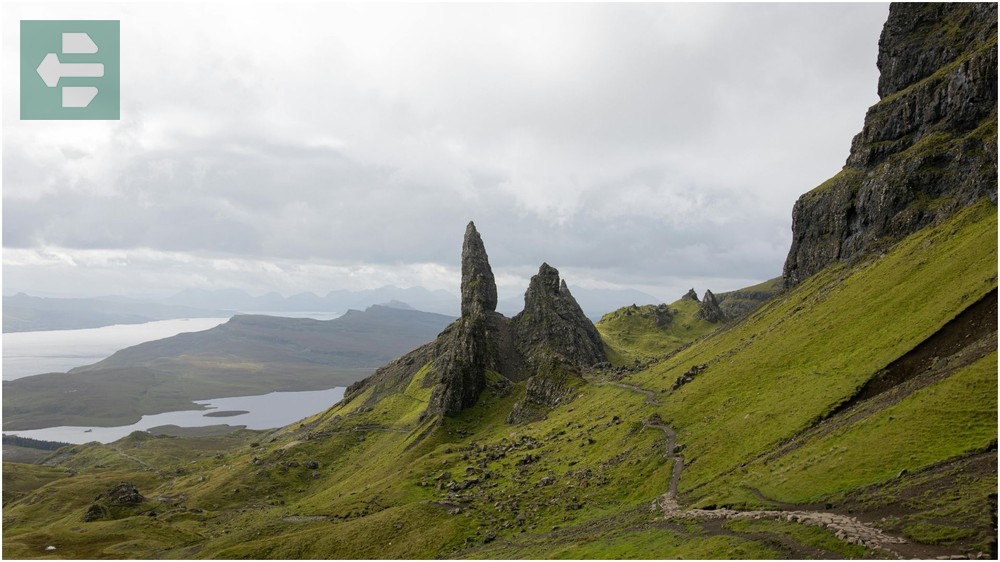
The roads clear of ice, making Isle of Skye accessible again. Tourist facilities reopen, but crowds remain minimal. This is Scotland at its most authentic—wild, unpredictable, magnificent.
Drive the North Coast 500 if weather permits. Single-track roads wind past lochs and mountains, each turn revealing new drama. Pack waterproofs and warm layers.
Quick Facts:
- Peak Season: Off-season (facilities reopening)
- Getting There: Edinburgh or Glasgow airports, then drive
- Entry Fees: Most landscapes free, castles from £6
- Suggested Stay: 5-7 days
- Key Sites: Isle of Skye, Loch Ness, Cairngorms, Ben Nevis, Glencoe
7. Canary Islands: Eternal Spring
The Canaries laugh at European weather patterns. March brings temperatures around 22°C, gentle breezes, and fewer tourists than summer months.
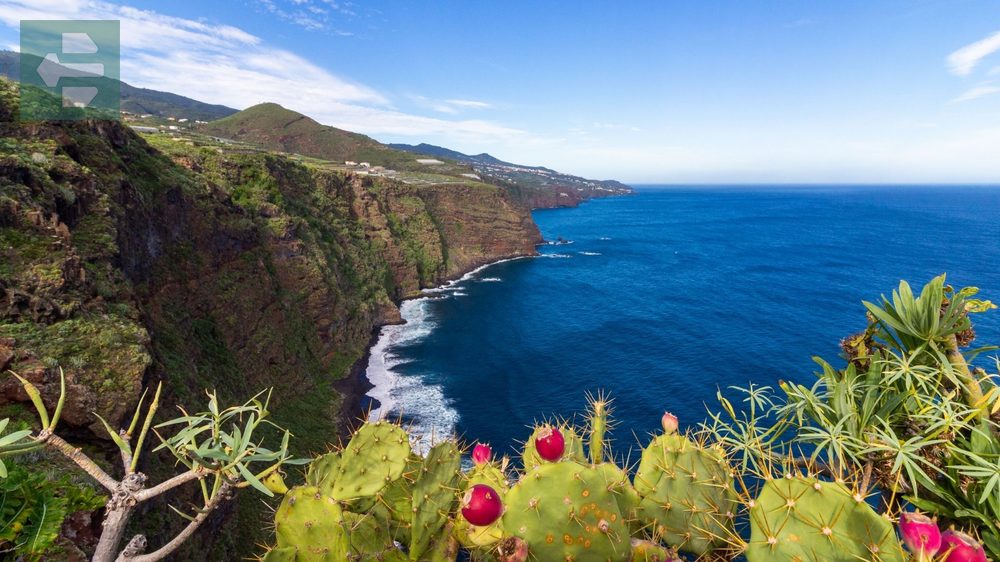
Tenerife offers volcanic landscapes and beach towns. Gran Canaria provides desert dunes and mountain villages. Lanzarote showcases otherworldly terrain shaped by volcanic fire.
Each island has distinct character—research before choosing. Locals eat dinner late, shops close for siesta, and life moves to Atlantic rhythms.
Quick Facts:
- Peak Season: Moderate season
- Getting There: Direct flights from major European cities
- Entry Fees: National parks from €3, attractions vary
- Suggested Stay: 5-7 days
- Key Sites: Teide National Park, Maspalomas Dunes, Timanfaya, La Palma
8. Madeira: Garden Island
Madeira in March means mild temperatures, blooming flowers, and hiking weather. This Portuguese island floats in the Atlantic, offering levada walks and mountain views.
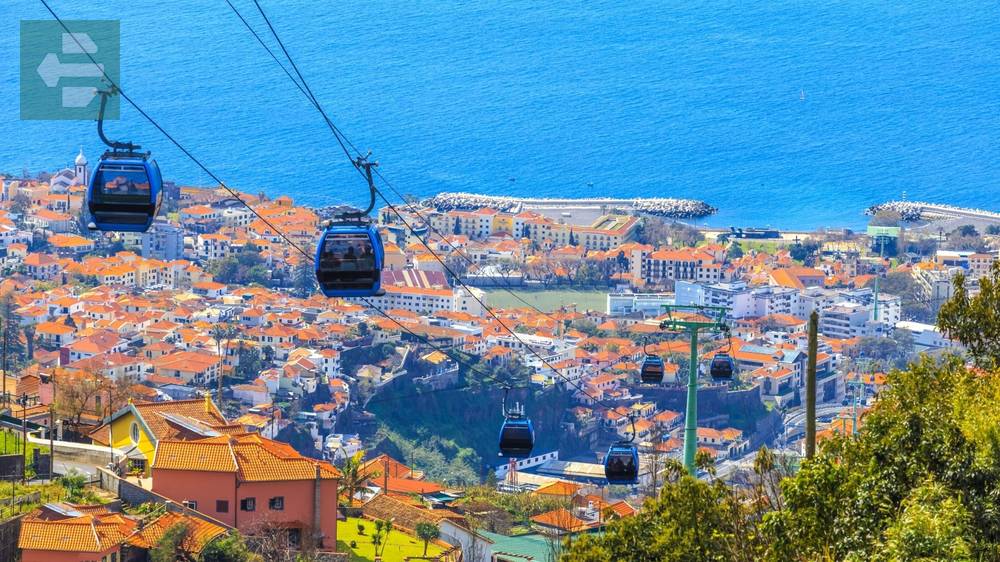
The island's microclimates create constant variety—coastal warmth, mountain coolness, lush valleys, and stark peaks. March brings perfect conditions for exploring.
Take the cable car to Monte, then ride wicker toboggans down cobblestone streets. It sounds touristy but delivers genuine thrills and local tradition.
Quick Facts:
- Peak Season: Moderate season
- Getting There: Madeira Airport (FNC) with European connections
- Entry Fees: Cable cars from €11, most levadas free
- Suggested Stay: 4-5 days
- Key Sites: Levada walks, Pico do Areeiro, Funchal, Monte Palace Gardens
9. Malta: Mediterranean Crossroads
Malta in March offers 18°C temperatures, clear skies, and empty beaches. This tiny archipelago packs layers of history into every street corner.
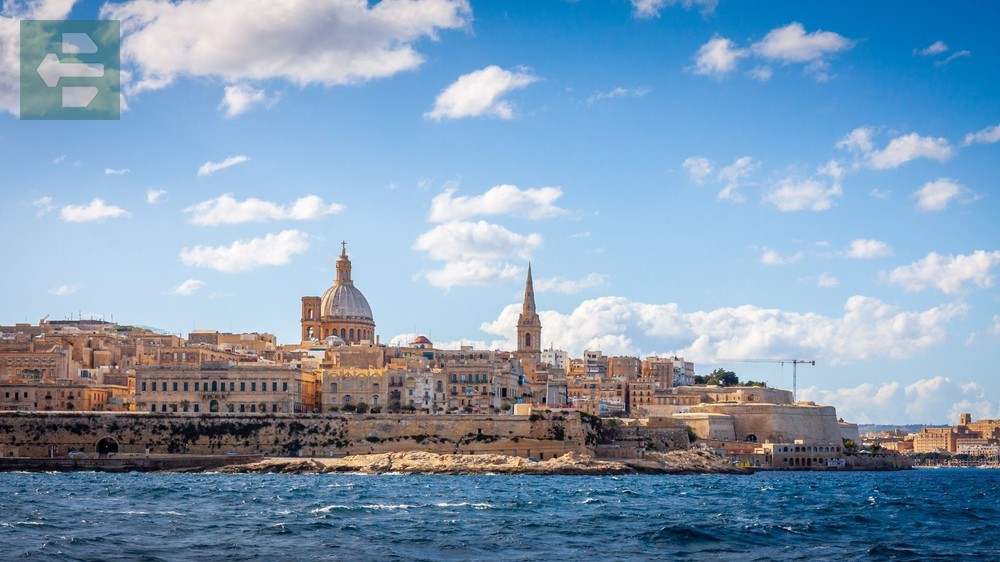
Valletta's baroque architecture gleams in spring light. Mdina slumbers in medieval silence. Comino's Blue Lagoon waits for summer crowds but offers solitude now.
Rent a car—Malta is small but poorly served by public transport. Drive carefully on narrow roads, and remember they drive on the left.
Quick Facts:
- Peak Season: Shoulder season
- Getting There: Malta International Airport (MLA)
- Entry Fees: Most sites €6-15, churches often free
- Suggested Stay: 4-5 days
- Key Sites: Valletta, Mdina, Blue Lagoon, Megalithic Temples, Three Cities
10. Cyprus: Divided Beauty
Cyprus in March means wildflowers carpeting hillsides and temperatures around 20°C. This divided island offers Greek culture in the south, Turkish in the north.
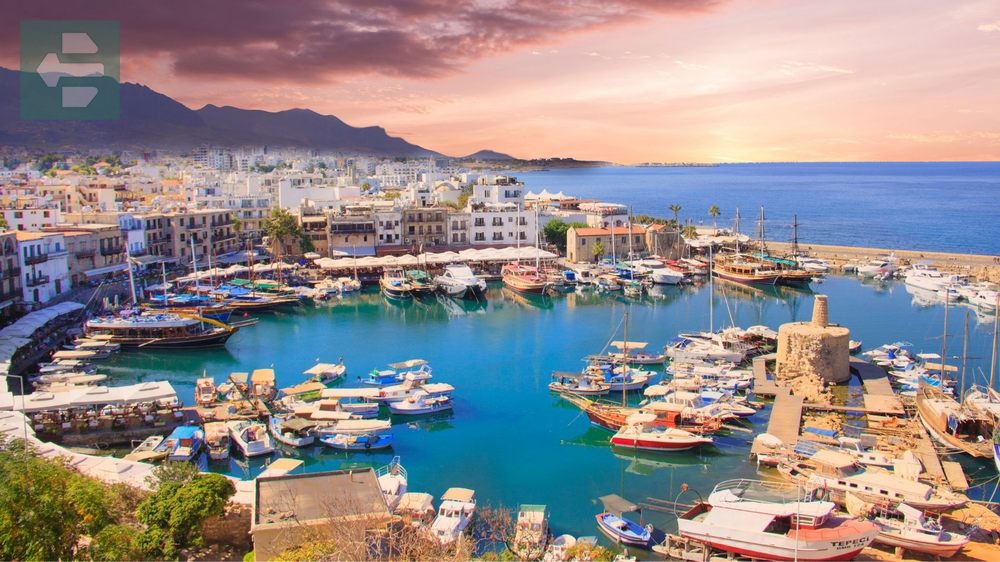
Paphos reveals ancient mosaics and tombs. Troodos Mountains provide hiking trails and mountain villages. Limassol pulses with modern energy while Nicosia remains split by a UN buffer zone.
Cross the Green Line to see both sides—each offers different perspectives on shared history. Bring your passport for the northern section.
Quick Facts:
- Peak Season: Shoulder season
- Getting There: Larnaca (LCA) or Paphos (PFO) airports
- Entry Fees: Archaeological sites from €5, crossing north is free
- Suggested Stay: 5-6 days
- Key Sites: Paphos Archaeological Park, Troodos Mountains, Nicosia, Limassol
11. Sicily: Island of Contrasts
Sicily in March awakens from winter quiet. Almond trees bloom across hillsides while Etna smolders above. Temperatures reach 16°C—perfect for exploring without summer heat.
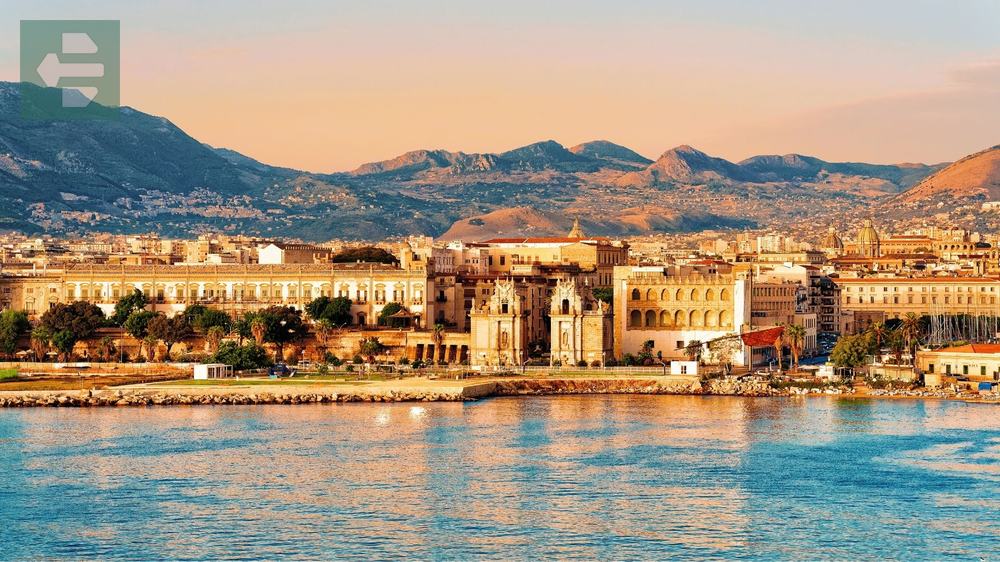
Palermo's markets overflow with spring vegetables. Taormina overlooks the sea from its ancient theater. Syracuse reveals Greek ruins and baroque churches.
Rent a car to reach mountain towns like Erice or Castelmola. These clifftop villages empty of tourists in March, revealing authentic Sicilian life.
Quick Facts:
- Peak Season: Off-season
- Getting There: Palermo (PMO) or Catania (CTA) airports
- Entry Fees: Archaeological sites from €6, churches often free
- Suggested Stay: 6-7 days
- Key Sites: Palermo, Taormina, Valley of Temples, Mount Etna, Syracuse
12. Salzburg: Mozart's Spring
Salzburg in March shakes off Alpine winter. The old town's baroque spires catch longer light while the Salzach River reflects awakening warmth.
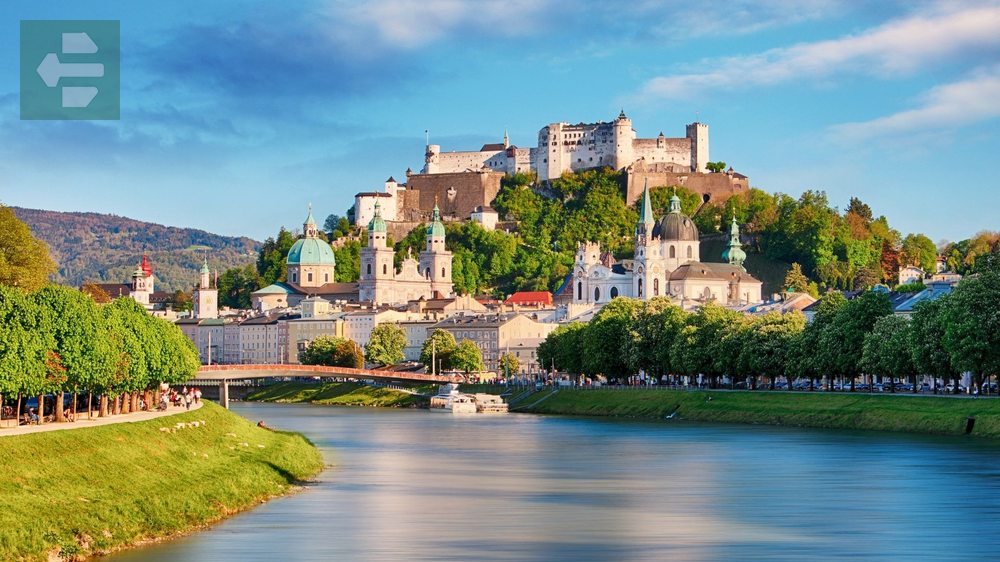
Mozart's birthplace draws visitors year-round, but March offers smaller crowds and clearer mountain views. The Hohensalzburg Fortress dominates the skyline, cable cars carrying visitors to panoramic views.
Book evening concerts in historic venues—Salzburg's musical tradition continues beyond tourist season. Pack warm clothes for mountain excursions.
Quick Facts:
- Peak Season: Shoulder season
- Getting There: Salzburg Airport (SZG) or train from Vienna/Munich
- Entry Fees: Mozart museums from €12, fortress €13
- Suggested Stay: 2-3 days
- Key Sites: Historic center, Hohensalzburg Fortress, Mozart sites, Mirabell Gardens
13. Zermatt: Matterhorn Majesty
March in Zermatt means snow-covered peaks and excellent skiing conditions. The Matterhorn stands sharp against blue skies while the village bustles with late-season energy.

Car-free streets echo with horse-drawn carriages and electric taxis. Mountain railways carry visitors to viewing platforms where the Alps stretch endlessly.
Book the Gornergrat railway for sunrise views—the early train offers magical light on snow-covered peaks. Dress warmly and bring sunglasses for snow glare.
Quick Facts:
- Peak Season: Ski season peak
- Getting There: Train from Zurich via Visp (no cars allowed)
- Entry Fees: Cable cars from CHF 25, ski passes from CHF 69
- Suggested Stay: 3-4 days
- Key Sites: Matterhorn viewpoints, Gornergrat railway, Klein Matterhorn, village center
14. Dijon: Burgundy Capital
Dijon in March offers French charm without summer crowds. The former Burgundy capital showcases medieval architecture and world-class museums.
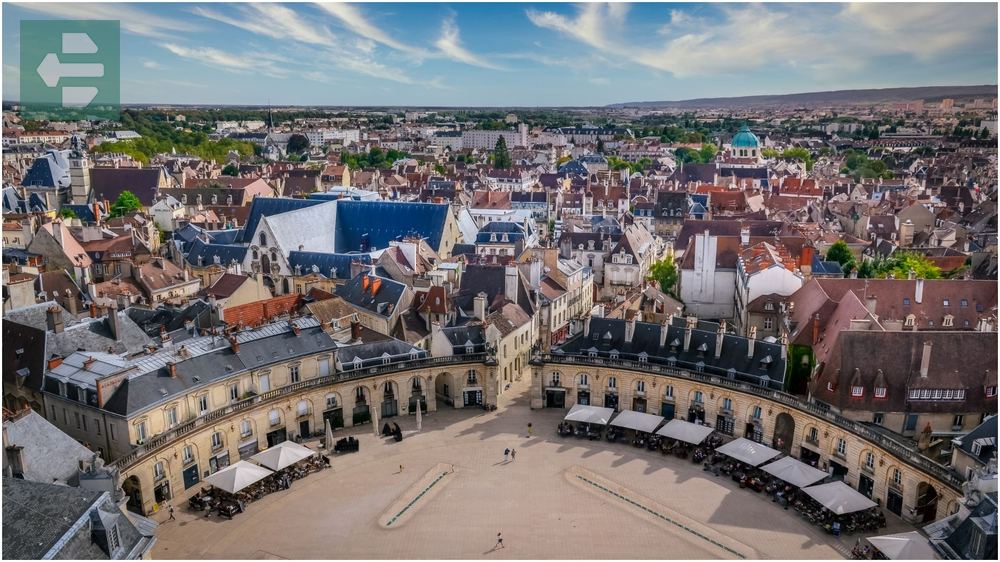
The Palace of the Dukes houses art collections while cobblestone streets wind between half-timbered houses. Local markets overflow with regional specialties—mustard, wine, and cheese.
Take day trips to Burgundy vineyards now preparing for spring growth. Many châteaux offer tours and tastings in intimate settings before tourist season begins.
Quick Facts:
- Peak Season: Off-season
- Getting There: Train from Paris (1.5 hours) or Lyon
- Entry Fees: Museums from €5, wine tastings from €10
- Suggested Stay: 2-3 days
- Key Sites: Palace of Dukes, Notre-Dame Church, Les Halles market, nearby vineyards
15. Hamburg: Hanseatic Heritage
Hamburg in March emerges from North Sea winter. The port city offers maritime culture, red-light districts, and waterway tours as temperatures climb toward 10°C.
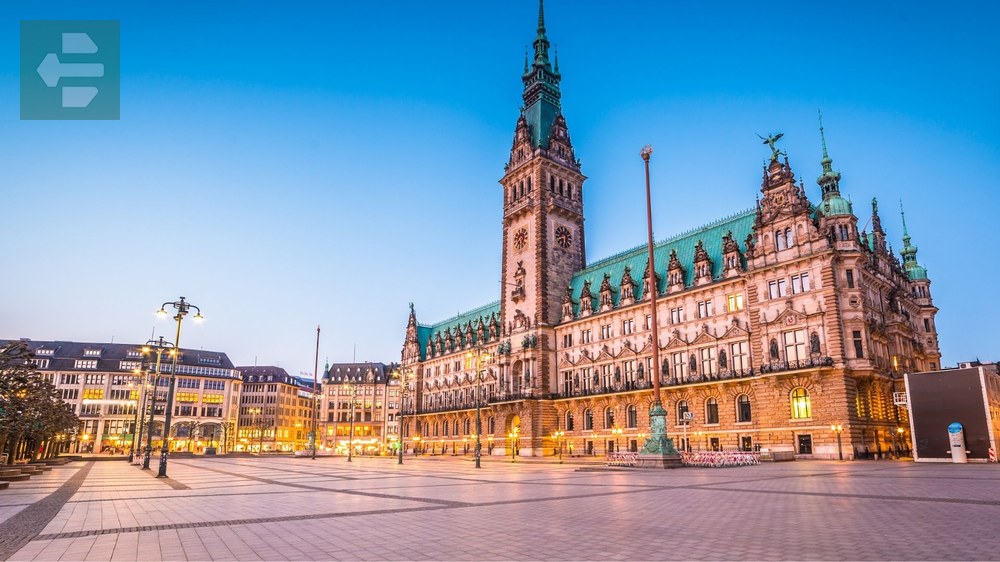
The Speicherstadt warehouse district houses museums and cafés in converted brick buildings. St. Pauli's nightlife reputation overshadows its daytime charm—fish markets and harbor views.
Take harbor boat tours to see the massive port operation. March weather can be unpredictable, so pack layers and waterproof clothing.
Quick Facts:
- Peak Season: Off-season
- Getting There: Hamburg Airport (HAM) or train connections
- Entry Fees: Museums from €8, harbor tours from €18
- Suggested Stay: 2-3 days
- Key Sites: Speicherstadt, HafenCity, St. Pauli, Miniatur Wunderland, Fish Market
March Awakening
Europe in March offers something magical—the continent stretching after winter's sleep. Crowds remain manageable while weather improves daily. From Florence's Renaissance streets to Scotland's wild highlands, the best places in Europe to travel in March reward visitors with authentic experiences.
Pack layers for changing weather. Book accommodations early for popular destinations. Most importantly, embrace the in-between season—when Europe belongs to travelers who understand that spring's first whispers often sing sweetest.
Your March European adventure awaits. The continent is waking up, and you'll be there to witness its revival.
